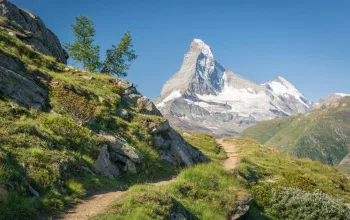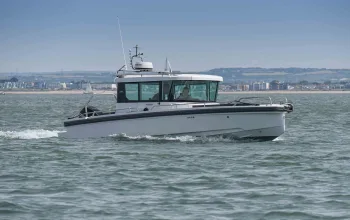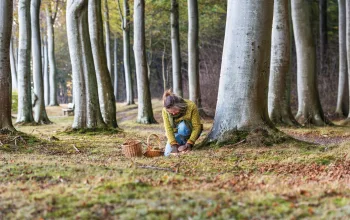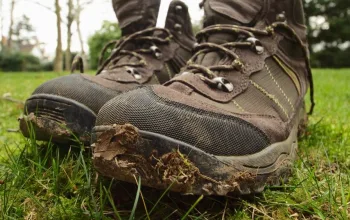Finding clean drinking water
Just because water looks clear doesn’t mean it’s safe to drink. There are many pathogens and bacteria which once drunk live in your stomach and case nausea, cramps, sickness and infection. The main types are Protozoan cysts, bacteria such as E coli and Salmonella, as well as viruses such as hepatitis A, which can get into water via human waste – even waste that we might think is clean, such as soap, and parasites bearing diseases such as bilharzia. See the World Health Organisation’s site for more.
Boiling
The simplest way to purify water for drinking in the wild is to boil it, which will kill almost all the sickness-inducing micro organisms on the planet, such as viruses and bacteria. The recommended boiling time is at least 5 minutes but just to be sure 10 minutes is a good benchmark. Remember that water will ‘boil’ at a lower temperature at altitude, so you need to let it bubble away for longer to be sure of killing all the bugs.
Chemical treatment
There are several chemicals that are used for water purification, usually sold in effervescent tablet form or liquids which you simply drop into the water you want to make safe. Active ingredients range from Iodine, to Hydrogen Peroxide, Potassium Permanganate and Chlorine-based chemicals such as sodium hypochlorite, which most of us know as simply ‘bleach’. These chemicals all take a short time to kill the pathogens, so read the instructions carefully. Note: these tablets won’t remove potentially harmful particulates and can leave a funny taste.
Filtering
Rather than killing or neutralizing pathogens, filters remove bacteria, protozoa and other micro organisms – as well as particulates – by passing your water through membrane, ceramic or charcoal filters. These filters can be contained in water bottles, hydration reservoirs, and even straws that let you drink directly from your natural water source. Most filters need to be replaced over time.
Check out our review of the Katadyn Gravity Camp 6l water filter
Build a solar still
This is one for survivalists in hot, dry climates but worth trying for fun too – just so you know you can! Dig a pit in the ground and put a collection container in the centre. Cover the pit with a sheet of plastic (ideally transparent) and secure it around the edges of the pit with rocks and earth. Then place a heavy object at the centre of the plastic so it makes a point above the container. The water in the soil of the pit will evaporate in the sun, condense on the sheet, then drip into your pan. Add vegetation to increase flow.




















